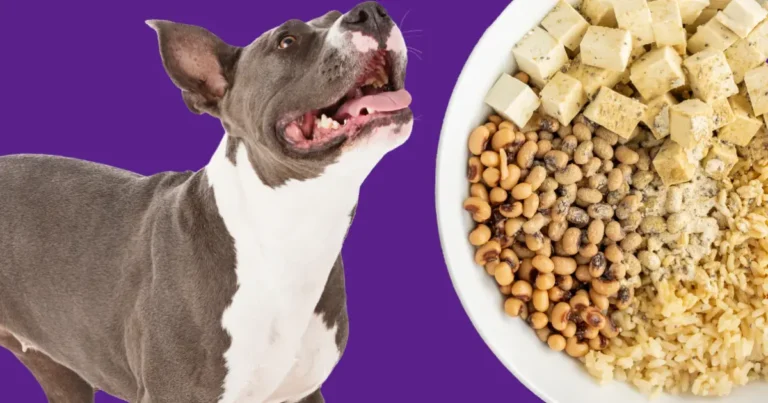Fresno Peppers Recipe: The Ultimate Guide
Introduction
Fresno peppers are great to taste and are medium-hot; they can be used in a variety of dishes and recipes. I am sure that many of you have never encountered th Fresno peppers while cooking before today. Not only do these peppers give the look of your meals an appealing shot of color, but their vivid flavor set them apart from most. In this article, we will discuss all that there is that you would wish to know about Fresno peppers including some of the health benefits associated with them and also several recipes which you can try on your on.
What Are Fresno Peppers?
Fresno peppers are related to red jalapeños but they are a chili pepper varity original from California. They are said to have been developed in California – more specifically in the Fresno region. The peppers commonly are picked when offered a red color, however, they are originally green and finally transform red while ripening.
Taste Profile: This type of pepper is fresh and to certain extent smoked and they equal jalapeño peppers in heat, rated between 2,500 and 10,000 SHU. In other words, each of the darker tints on the outer skin of the pepper means that the pepper will be sweet and hot.
Comparison to Other Peppers: While they resemble jalapeño peppers in shape, Fresno peppers are longer and marginally tapered and come with a more profound taste. It is actually possible to substitute one for the other in most recipes but people who love good food always go for the difference that each has to offer.
Health Benefits of Fresno Peppers
Incorporating Fresno peppers into your diet can provide numerous health benefits:
Nutritional Information: Fresno peppers are low in calories but rich in vitamins A and C, antioxidants, and capsaicin—the compound responsible for their heat.
Health Benefits:
- Boosts Immunity: The level of vitamin C increases immunity points The presence of a large amount of vitamin C creates immunity.
- Anti-inflammatory Properties: Capsaicin has very effective anti-inflammatory houses therefore favoring ache and infection.
- Improves Metabolism: Capsaicin is likewise known to boost metabolism and resource in weight reduction.
- Heart Health: Antioxidants in Fresno peppers can improve heart health by using reducing oxidative pressure.
Tips for Incorporating Them into a Healthy Diet: Add them to salads, salsas, or any dish that could use a little kick of heat and a nutritional boost.
How to Select and Store Fresno Peppers
Selecting Fresh Peppers: Look for peppers which can be brilliant red, corporation, and feature smooth, unblemished skin. Avoid peppers with soft spots or wrinkles.
Proper Storage Methods: Store Fresno peppers within the fridge crisper drawer. They can last up to two weeks when stored properly. For longer storage, consider freezing them.
Preparing Fresno Peppers
Cleaning and Cutting: After the boiling process, wash the peppers under running cold water.Remove the stem after which divide the pepper in halves vertically. If you want much less warmness, use a spoon to remove seeds and the membrane from the pepper.
Removing Seeds and Membranes: This step is optional but recommended if you want to reduce the heat level of the peppers. The seeds and membranes contain most of the capsaicin.
Types and Categories
Fresh Fresno Peppers
- Raw: Freshly picked, these peppers can be used in salsas, salads, and as a garnish.
- Roasted: Roasting enhances their sweetness and adds a smoky flavor.
Dried Fresno Peppers
- Whole: Used in stews and soups for a rich, deep flavor.
- Crushed: A spice for sprinkling on pizzas, pastas, and more.
Pickled Fresno Peppers
- Sliced: Perfect for sandwiches, burgers, and tacos.
- Whole: A tangy snack or an addition to charcuterie boards.
Symptoms and Signs of Freshness
Appearance
- Color: Bright red indicates ripeness; avoid peppers with blemishes or dark spots.
- Texture: Firm and smooth skin is ideal; soft spots suggest over-ripeness.
Aroma
- Fresh: A fruity and slightly spicy scent.
- Spoiled: An off or sour smell indicates the pepper is no longer fresh.
Causes and Risk Factors for Spoilage
Environmental Factors
- Temperature: Store peppers in a cool, dry place to extend their shelf life.
- Humidity: Excess moisture can lead to mold growth.
Handling
- Bruising: Rough dealing with can cause bruising, leading to faster spoilage.
- Storage: Improper storage, together with keeping them in a sealed plastic bag, can accelerate deterioration.
Diagnosis and Tests for Quality
Visual Inspection
- Check for consistent color and firmness.
- Look for any signs of mold or soft spots.
Taste Test
- A small bite should reveal a fresh, fruity, and slightly spicy flavor.
- Bitter or off flavors indicate spoilage.
Treatment Options for Spoiled Peppers
Immediate Use
- Cook or roast to use up slightly overripe peppers.
- Freeze for later use in cooked dishes.
Preservation
- Pickling: Extend shelf life by preserving in vinegar and spices.
- Drying: Remove moisture to prevent spoilage and create dried pepper flakes.
Preventive Measures
Proper Storage
- Refrigeration: Store in the vegetable drawer in a breathable bag.
- Freezing: Slice and freeze peppers for long-term storage.
Handling Tips
- Handle gently to avoid bruising.
- Use within a week of purchase for optimal freshness.
Conclusion
Fresno peppers are a flexible and scrumptious element that may enhance a variety of dishes. From clean salsas to spicy most important publications, these peppers provide a unique flavor which can increase your cooking. Remember to deal with them with care, save them properly, and test with distinct guidance methods to fully enjoy their capacity.






